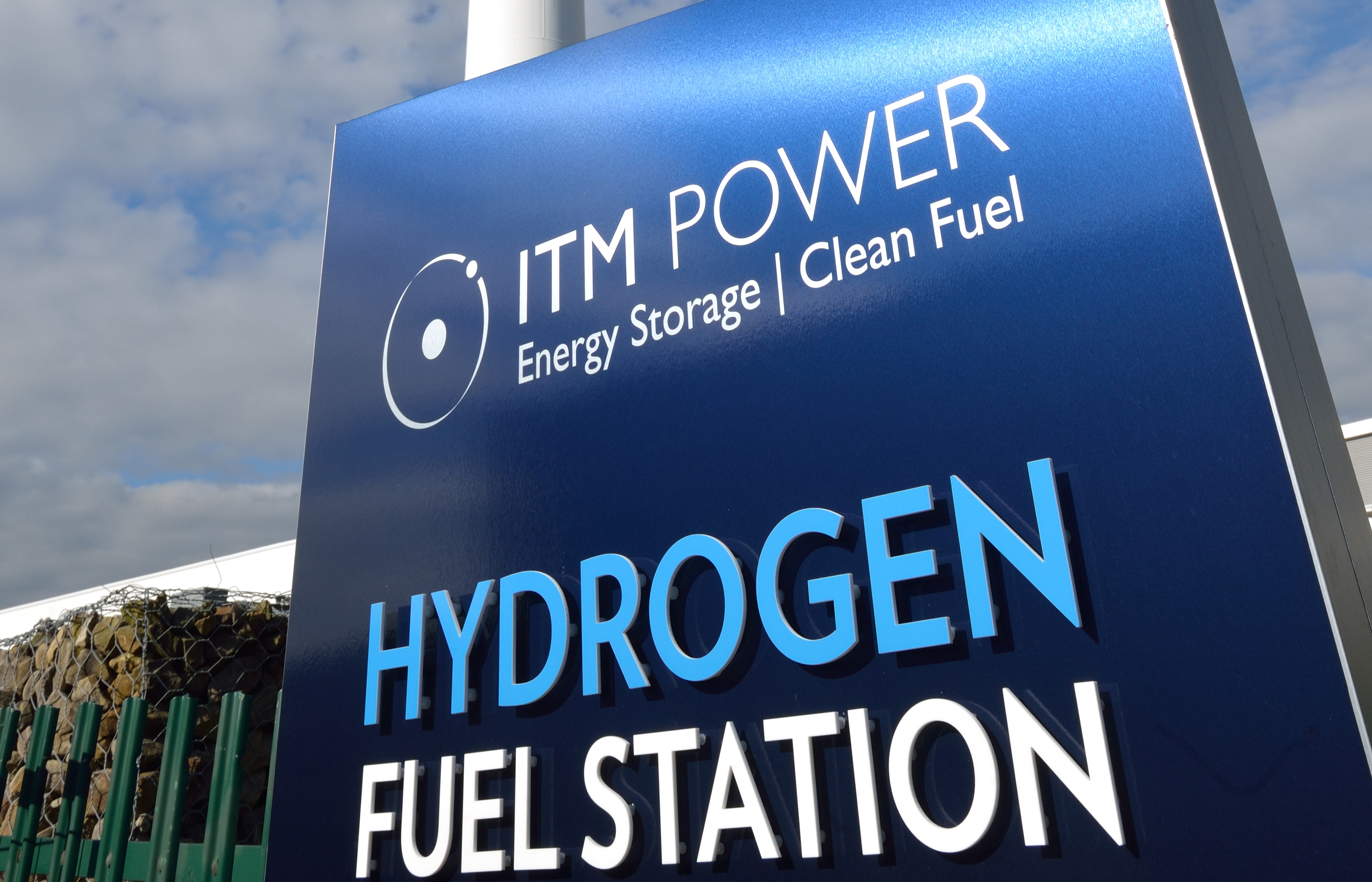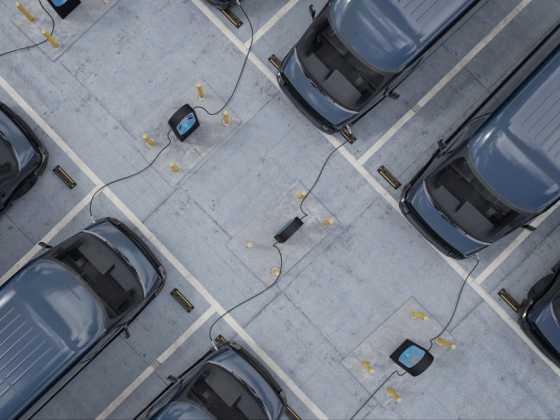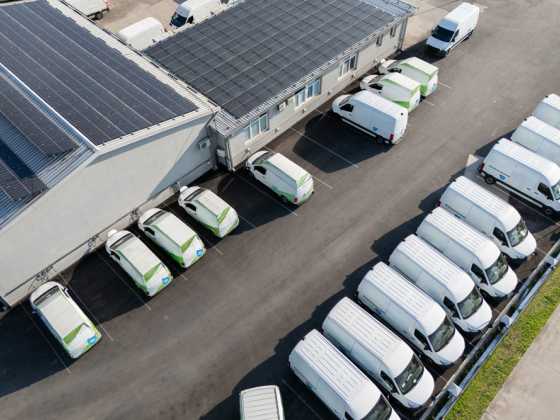What about hydrogen vehicles?

Hydrogen could be the clean fuel of choice in the future, given that it solves many of the barriers faced by electric vehicles. ITM Power’s Dr Graham Cooley explains why fleets should be keeping an eye on this fuel
There are many advantages to the Fuel Cell Electric Vehicle (FCEV) over a plug in Battery Electric Vehicle (BEV). The first point to make is that they are both electric vehicles, the key difference is the way that the energy is transferred to the vehicle.
BEVs store the energy in a battery, and increased range requires more batteries, which makes the vehicles heavier and less efficient. Increasing the range of a FCEV is achieved by making the hydrogen tank bigger which has only a small effect on the weight. The result is that hydrogen vehicles have a much longer range and can also be easily configured for heavy duty vehicles such as buses and haulage vehicles.
Refuelling time is also a key advantage of hydrogen electric drivetrains. Most FCEV can be refuelled in three minutes under the SAE J2601 refuelling protocol. This allows for fuel forecourt dispensing since the refuelling takes a similar time to petrol and diesel. Even with fast chargers, residing on forecourts for 30 mins is impractical and so charging is likely to be at home.
Fleet refuelling
Operating a fleet of vehicles in a confined geography requires vehicles to be refuelled rapidly whenever required. Fleet business models rely on each vehicle being ready to go on-time each day and so they must be capable of being refuelled quickly. Then when in operation commercial drivers cannot afford to stop and wait for lengthy periods of time while their vehicles are being re-energised. Therefore FCEVs and hydrogen refuelling provide the key solution for fleets (e.g. taxis, delivery vans, emergency vehicles, car hire companies, and utility companies).
Heavy vehicle refuelling
Heavy vehicles carry large loads across long distances and often operate for many hours per day. They have a high fuel consumption per mile and so must store a substantial amount of energy on-board, but without compromising their payload capacity. Furthermore many heavy vehicles operate in return-to-depot mode, where multiple vehicles must be refuelled quickly in time for the next shift.
FCEVs and hydrogen can satisfy each of these technical and business requirements. Therefore by locating hydrogen refuelling stations at depots, a seamless transition to zero emissions transport can be achieved for operators of buses, coaches and trucks.
Hydrogen production
Perhaps the most significant future benefit of hydrogen is the effect on our existing infrastructure. Hydrogen produced by electrolysis (splitting water) can be used to store renewable power and to balance the electricity network (by using electrolysers that can be turned on and off rapidly) providing sub-second grid balancing services. The energy is, therefore, exported from the grid in a managed way by the grid operators (at the right time) rather than by the car owner. This is possible because hydrogen can be easily stored. Also, the electrolysers are connected to the medium voltage network which has overcapacity rather than plugging in BEVs to the low voltage network (at home) which is extremely expensive to reinforce because it is under the ground.
The efficiency and cost of electrolysis has also changed markedly over the past few years as volumes have increased. Electrolytic hydrogen made onsite now has cost parity with petrol and diesel in many parts of the world including the UK.
In summary, the customer gets rapid refuelling and long range and the network has a smoother transition; that’s why so many global OEMs are launching FCEVs.






